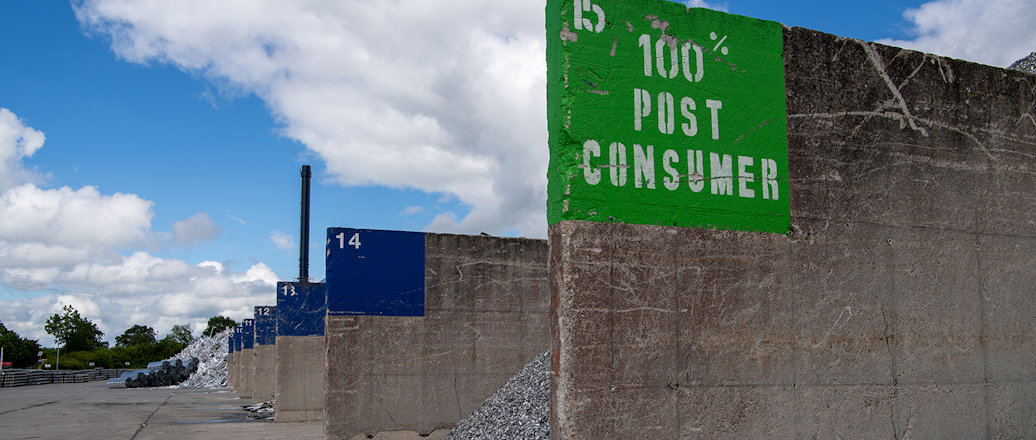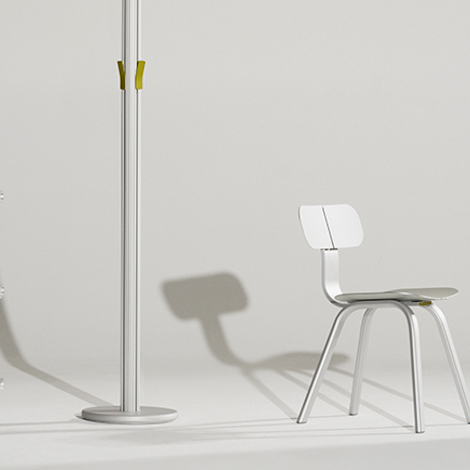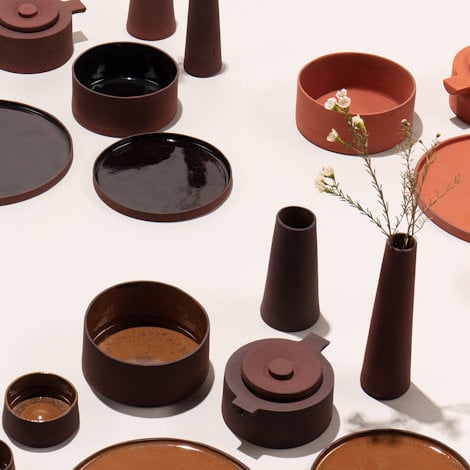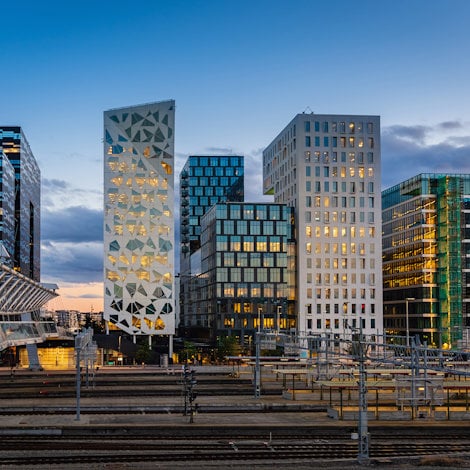Understanding the definitions and differences in recycled aluminium
If you are interested in aluminium, then you probably know about its recyclability. But I am guessing that you have seen some terms that you may not understand, like recycled content. Here are some definitions that will make your job easier.
As I have written before, designing and producing for a circular economy requires three steps. The first step is to choose a sustainable material. Aluminium is sustainable because it can be recycled after use, without the loss of any of its material properties, and used again in new products.
Recycled content is the subject of this article because it’s one of those terms that aluminium companies throw at you and figure you know what they are talking about. And you might. But you ought to understand this clearly.
Aluminium is not just aluminium. The same goes for recycled content.
Understanding recycled aluminium content
Hydro uses the same definitions used by the rest of the aluminium industry. We also endorse definitions according to ISO 14021, which specifies the requirements for self-declared environmental claims regarding products. It also describes terms that are commonly used in environmental claims and gives the qualifications for their use.
Here are the industry definitions:
- Recycled content: This covers both the pre-consumer scrap and post-consumer scrap in the product.
- Pre-consumer scrap: Scrap arising from the production of aluminium and its alloys, and from the fabrication of semi-fabricated (mill) products and end-products. It is scrap that arises during the manufacturing process. Pre-consumer scrap returns directly to recycling plants for remelting.
- Post-consumer scrap: Scrap arising from the disposal of products after they have been used. This type of aluminium scrap must be collected and sorted before it can be remelted at recycling plants.
ISO 14021 definitions of pre-consumer and post-consumer scrap
The International Organization for Standardization (ISO) prepares international standards. Its ISO 14021 definitions are perhaps more technical than the industry definitions, but with no meaningful differences.
This is how ISO 14021 defines pre-consumer and post-consumer scrap:
- Pre-consumer material: Material diverted from the waste stream during a manufacturing process. Excluded is reutilization of materials such as rework, regrind or scrap generated in a process and capable of being reclaimed within the same process that generated it.
- Post-consumer material: Material generated by households or by commercial, industrial and institutional facilities in their role as end-users of the product which can no longer be used for its intended purpose. This includes returns of material from the distribution chain.
In addition, in the very particular cases of damaged goods, overstock or obsolete inventories, which have not been put on the market, such shall be considered as post-consumer scrap, according to prEN 45557:2019.








